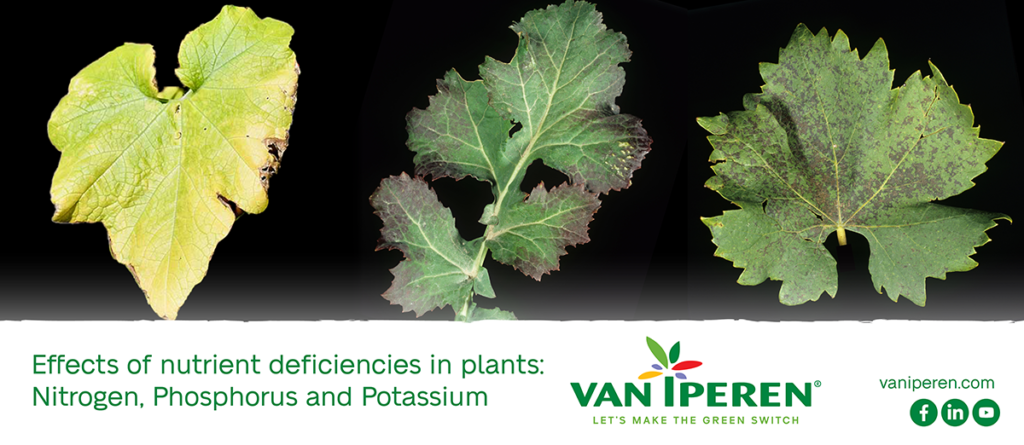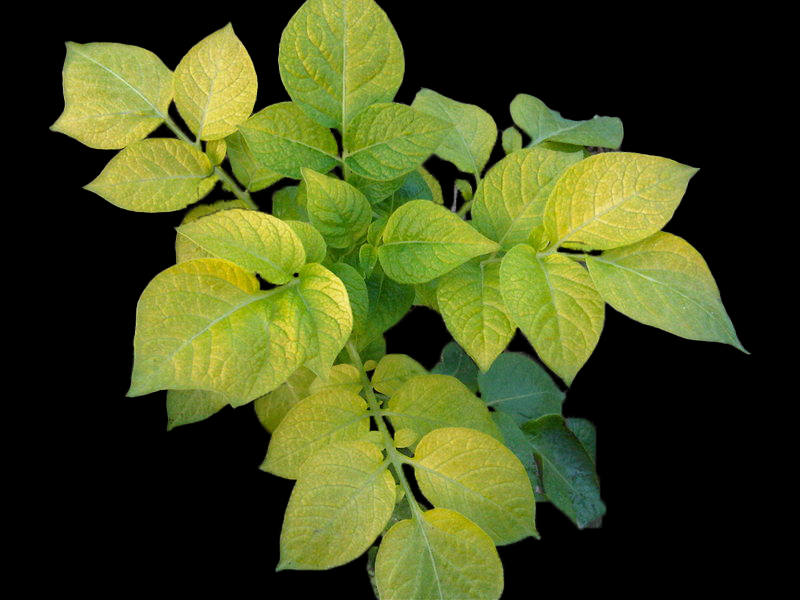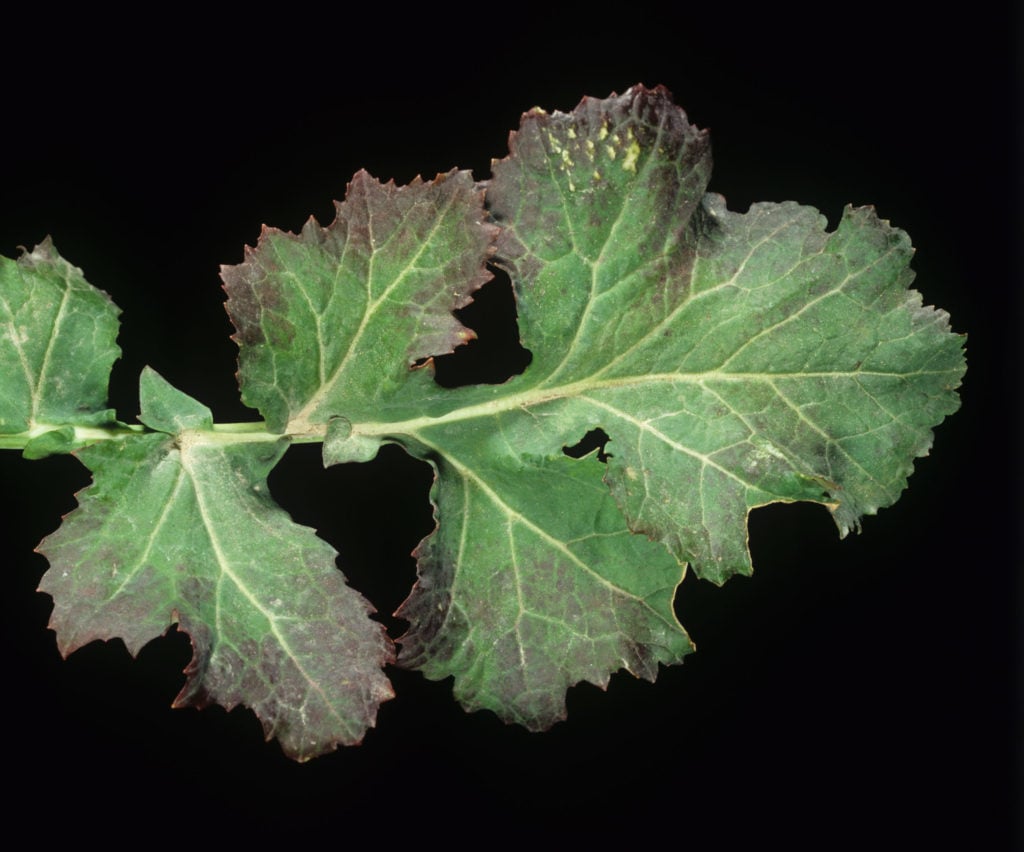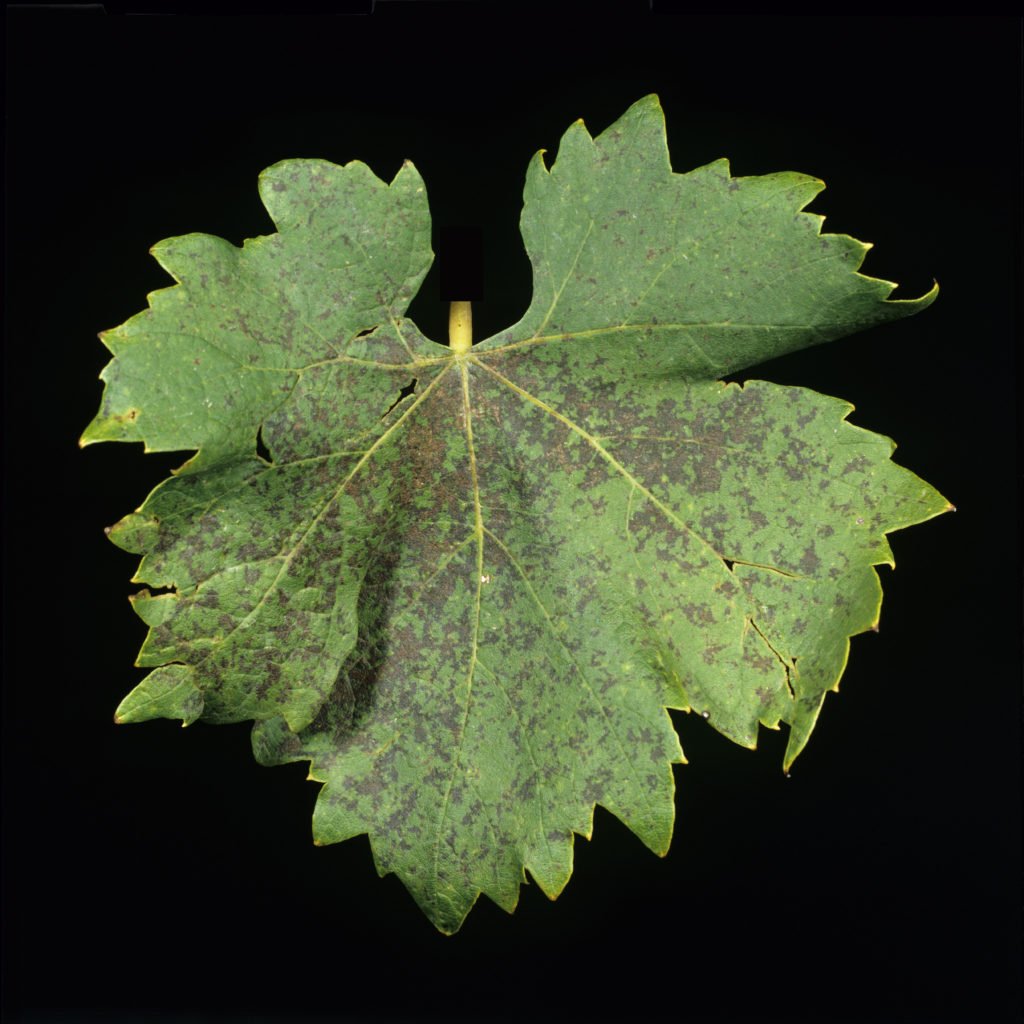Lack of nutrient content in plants may include visual symptoms such as malformation, necrosis, discoloration, dotting, and even crinkling. In this article, we walk you through the effects of nutrient deficiencies on plants.

If there was a restaurant specialized in plants’ nutritional needs, its menu cards would include dishes made with approximately a dozen essential ingredients. Some of these ingredients are needed in larger quantities than others for all plants. Nutrient deficiency in plants has direct consequences on growth, crop performance, and yield.
From a management standpoint, we are going to focus on the primary nutrients Nitrogen (N), Phosphorus (P), and Potassium (K) -since they are the most consumed in a plant cycle- and the effects of nutrient deficiency in crops:
Symptoms of Nitrogen deficiency in crops
The main role of Nitrogen in plants is to stimulate vegetative growth and maximize crop potential. Growers can recognize the effects of nitrogen shortage in plants if they observe one of the following symptoms:
- Yellow leaves
- Reduced plant growth
- Smaller leave size
- Shorter internodes
- Reduced fruit set
- Insufficient protein content

Symptoms of Phosphate deficiency in crops
As a primary nutrient for plants, Phosphate supports root development, initiates flower, develops seed and fruit, and builds reserves in roots. These visual clues can indicate a Phosphate shortage:
- Reduced growth and stunted appearance
- The purple coloration on the leaves
- Brown veined leaves and grey luster
Van Iperen offers a broad range of Phosphate solutions including our IPE® Technology, a full range of solid and liquid solutions to Increase Phosphate Efficiency: Iperen IPE® 11-44-11+TE, Iperen IPE® 20-13-20+TE, and Iperen IPE® Liquid 3-9-0+Zn. Perfect time to use? Recommended at different phenological stages, especially during periods of root and shoot development.

Symptoms of Potassium deficiency in crops
Plants need Potassium to boost the size of grains and seeds, and produce high-quality fruits and vegetables, in addition, to increasing drought tolerance and improving disease resistance. Lack of Potassium in plants can be identified by these signs:
- Mild chlorosis progressing into dry and leathery burns
- Veins become scorched or necrosis
- Leaves tend to curl and crinkle

If your crop shows one of these worrying signs, your plants may be getting too much or too little of a particular element. How to treat plants with nutrient deficiencies? Our extended range of NPK formulas and Straights can provide balanced nutrition to your crop. Discover all available water-soluble NPK formulas by downloading our free booklet now!